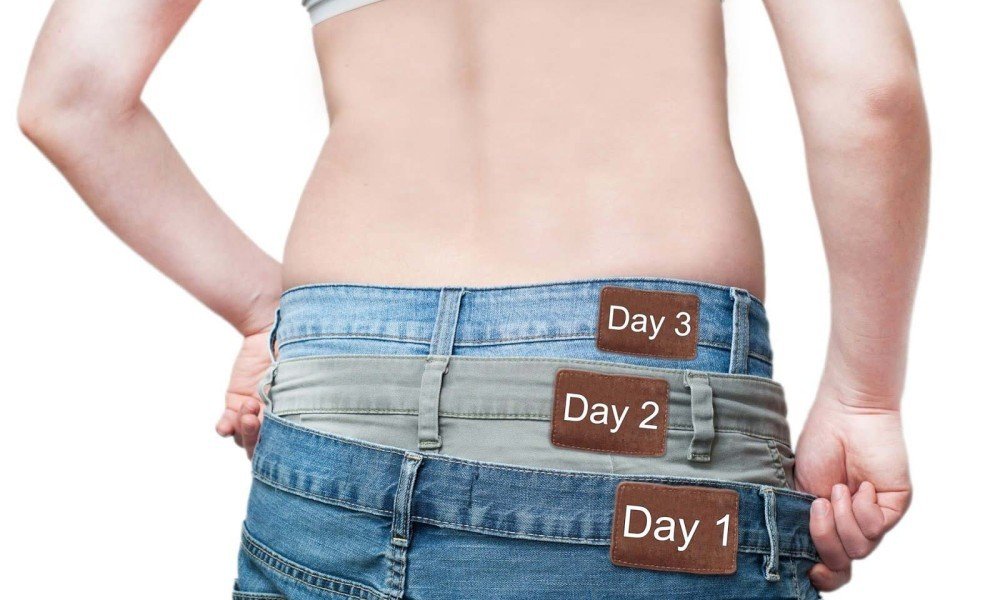
Understanding Rapid Weight Loss: Definitions and Risks
Introduction
Ever feel like the journey to weight loss is filled with twists and turns, and it’s hard to find your way? You’re definitely not alone! With a sea of diets, quick-fix solutions, and fleeting trends, making a lasting change can seem overwhelming. But hang tight—we’re diving into a comprehensive guide that clarifies rapid weight loss strategies. We’ll explore the ins and outs of options like Very Low-Calorie Diets (VLCD) and Low-Calorie Diets (LCD) while keeping our eyes focused on what truly matters: sustainable health practices that you can stick to in the long run.
Understanding Rapid Weight Loss: Definitions and Risks
Rapid weight loss might sound tempting—losing more than 2 pounds or 1 kilogram a week can feel like a dream come true. But before you dive into drastic calorie cutting, let’s talk about the potential pitfalls. Extreme diets can lead you down a risky path, often resulting in a vicious cycle of yo-yo dieting. We’re talking about gaining back the weight you lost, plus a few extra pounds, not to mention possible health issues like nutrient deficiencies, hormonal imbalances, and even eating disorders.
The Dangers of Quick-Fix Solutions
Engaging in rapid weight loss can open up a whole can of worms, including:
– Nutrient Deficiencies: When you cut calories too much, your body might miss out on essential nutrients, leaving you feeling fatigued and weak.
– Metabolic Slowdown: An all-or-nothing approach can slow down your metabolism, making it a lot tougher to shed those pounds in the future.
– Psychological Impact: The pressure to see immediate results can create anxiety and stress, leading to an unhealthy relationship with food.
It’s important to weigh these risks carefully if you’re considering any rapid weight loss plans.
VLCD vs. LCD: Which Is Right for You?
Let’s explore two popular rapid weight loss strategies: Very Low-Calorie Diets (VLCD) and Low-Calorie Diets (LCD).
Very Low-Calorie Diets (VLCD)
VLCDs offer around 800 calories a day, often replacing meals with shakes or bars. While they’re designed for individuals with severe obesity and can lead to a significant weight loss of 3-5 pounds (1.5 to 2 kg) a week, these diets aren’t for the faint of heart. They should only be followed for a maximum of 12 weeks and always under medical supervision.
Key Benefits:
– Fast Initial Results: VLCDs can provide quick weight loss, giving you that initial boost to kick off your journey.
Drawbacks:
– Strict and Hard to Maintain: The extreme restrictions make these diets tough to stick with over time, which can leave you feeling frustrated and defeated.
Low-Calorie Diets (LCD)
In contrast, LCDs generally allow for a bit more wiggle room—1,200-1,500 calories for women and 1,500-1,800 for men. These diets are often easier to stick with and can promote steady, consistent weight loss.
Key Benefits:
– Sustainable Weight Loss: LCDs can help you create better eating habits, making it easier to maintain your weight long-term.
Drawbacks:
– Slower Initial Results: You might not see the dramatic weight loss you’d get with VLCDs right away, but the longer-lasting effects can be worth the wait.
Behavioral Strategies: Overcoming Diet Fatigue
The psychological side of weight loss often gets overlooked, especially with quick-fix diets that may not address the underlying habits. This is where behavioral strategies really shine! Rather than being stuck in rigid diets, these strategies promote healthy, sustainable changes to your eating habits.
Practical Behavioral Strategies
1. Mindful Eating: Create a calm eating environment. Focus on your food, taking the time to savor each bite. This simple practice can help you manage portions and reduce overeating.
2. Plate Size Matters: Using smaller plates can trick your brain into thinking you’re getting more food, while also helping you naturally eat less.
3. Emphasis on Protein and Fiber: Stock up on high-protein and high-fiber foods. Protein keeps you feeling full, and fiber slows digestion, helping you stay satisfied longer.
Transformative Effects of Mindset
Remember, weight management isn’t just about what you eat—it’s also about how you think. Cultivating a healthy relationship with food and focusing on long-term goals instead of quick fixes can create a monumental shift in your weight loss journey.
Practical Applications: Your Roadmap to Safe Weight Loss
Health Provider Involvement
Before you start any rapid weight loss diet, it’s super important to consult with a healthcare professional. Their guidance can help ensure that your plan is not only effective but safe for your health.
Aim for Long-Term Success
Try to aim for a gradual weight loss of 1-2 pounds a week. This approach can help you keep the weight off and set you up for healthier habits down the road.
Steps to Creating a Balanced Diet
1. Plan Meals: Create a weekly meal plan filled with diverse nutrients to avoid burnout and make sure your body gets what it needs.
2. Increase Physical Activity: Incorporate regular exercise—it doesn’t have to be crazy. Aim for at least 150 minutes of moderate aerobic activity each week.
3. Track Your Progress: Whether you lean towards using an app or journaling, keep tabs on your meals, exercise, and emotions. It’s an insightful way to spot triggers and patterns.
Conclusion: Your Commitment to Health Matters
In a nutshell, while rapid weight loss can seem enticing, the risks are real and shouldn’t be ignored. By understanding the differences between VLCD and LCD, along with employing effective behavioral strategies, you’re better equipped to navigate your weight loss journey. Remember, lasting results come from slow and steady lifestyle changes—not from quick-fix diets.
Hashtags: #weight #loss #diets #rapid #strategies #calorie #health #quick #journey #vlcd #pounds #about #eating #create #these
